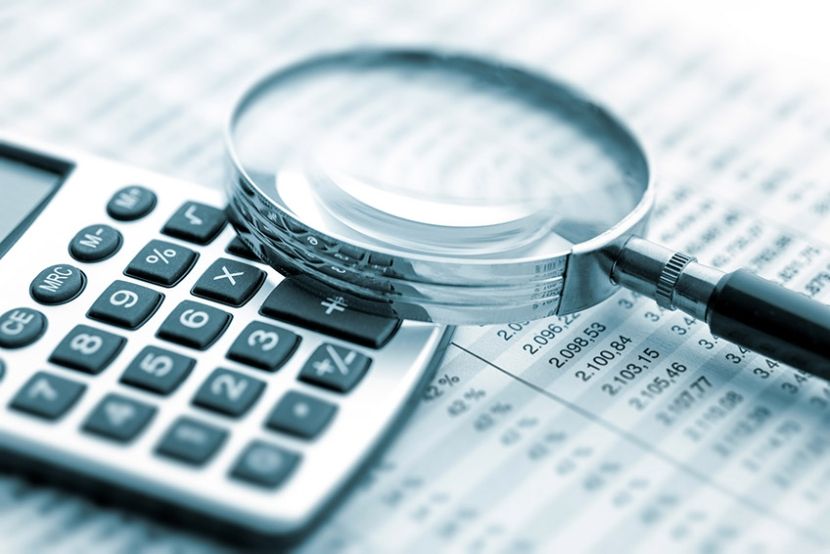
France: an unambitious deficit reduction based on optimistic assumptions
At a meeting of the Council of Ministers last week, the French government set out its Budget Bill for 2024. This includes the macroeconomic scenario on which forecast public revenue and expenditure – and thus also the forecast trajectory of the deficit and public debt – are based.
The government is forecasting that gross domestic product (GDP) will grow by 1.0% in 2023 (compared with 2.5% in 2022) and 1.4% in 2024. At the same time, it thinks inflation will decline, with average annual consumer price inflation (CPI) coming in at 4.9% in 2023 (compared with 5.2% in 2022) and 2.6% in 2024.
The High Council of Public Finance (HCFP), tasked with giving an opinion as to how realistic the government’s forecasts are, found the government’s growth forecast for 2023 “plausible” and that for 2024 “high”. In its most recent economic outlook, French statistics institute INSEE took a slightly less optimistic view, putting 2023 growth at 0.9%; Banque de France agreed, estimating in its September forecasts that the economy would grow by 0.9% in both 2023 and 2024. International institutions, despite being more optimistic, are also forecasting more moderate growth in 2024 (with the OECD and the European Commission both forecasting growth of 1.2% in their September forecasts). Furthermore, the inflation forecasts, which the HCFP found “plausible”, carry an upside risk in light of the recent rise in oil prices.
Looking further ahead, the government’s economic scenario (this time set out in the revised Public Finance Programming Bill for 2023-2027) sees the economy growing by 1.7% in 2025 and 2026 and 1.8% in 2027, with GDP1 reaching its estimated potential level at the end of that period, while inflation (as measured by the CPI excluding tobacco) should reach 1.75% – compatible with the ECB’s target2 – as early as 2026. According to the HCFP, the government’s 2027 GDP forecast is underpinned by favourable assumptions (a decrease in the savings rate supporting consumer spending, a high level of business investment and buoyant foreign trade). In its defence, the government says it has taken into account the effects of reforms, notably in the labour market (affecting pensions and unemployment insurance).
As regards the public finances, the government is also forecasting that the public deficit will hold more or less steady in 2023 (at 4.9% of GDP, compared with 4.8% in 2022) before falling slightly to 4.4% in 2024 – a figure the HCFP considers “optimistic”, based on favourable assumptions for both revenue and expenditure. The associated public debt trajectory is for a sharp reduction in 2023, to 109.7% of GDP (down from 111.8% in 2022), stabilising at that level in 2024. The deficit is forecast to gradually reduce, falling to 2.7% of GDP in 2027, while debt is forecast to decline slightly over the period, falling to 108.1% of GDP in 2027.
With the Maastricht criteria (which limit the public deficit and debt to 3% and 60% of GDP respectively) and associated sanctions set to come back into force with effect from 20243 after being put on hold since 2020 as a result of the pandemic, the HCFP thinks the trajectory of public finances set out by the government “remains unambitious”. The HCFP is reminding the country that it needs sufficient fiscal room for manoeuvre to meet future challenges, including in particular needs associated with the ecological transition.
The government’s macroeconomic scenario looks very optimistic, especially for 2024, with higher growth rates than our estimates (0.9% in 2023 and 1.0% in 2024) and lower inflation. It notably implies that household purchasing power (understood as real gross disposable income) will rise by 1.3% in both 2023 and 2024. The public finance projections, despite being based on favourable assumptions, are planning the deficit to reduce only slowly (not falling below 3% of GDP until 2027) and debt remaining too high, at nearly 110% of GDP. Moreover, next year’s spending cuts are largely the result not of a structural effort but of the phasing out of support measures for businesses and households made possible by easing energy prices, while spending cuts announced for subsequent years will not be spelled out in detail until the current spending review is completed.
1Potential GDP corresponds to the level of GDP that is achievable once temporary shocks to the economy have been eliminated, in a sustainable way i.e. with the factors of production at equilibrium (without pressure on prices).
2The ECB’s inflation target is a medium-term level of 2.0% for the eurozone Harmonised Index of Consumer Prices (HICP). Since CPI is traditionally less dynamic than HICP and inflation in France is comparatively lower than in other countries, this target is compatible with CPI inflation of 1.75% in France.
3While a reform currently in progress could change the rules for countries, its terms are not yet known with accuracy.







